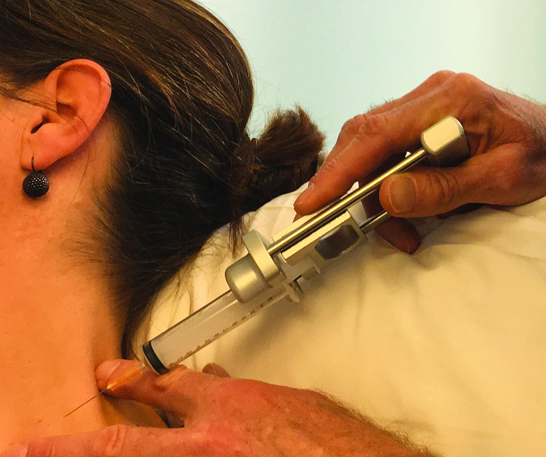Who needs Fine Needle Aspiration Biopsy? Preparations and Prognosis
Who needs Fine Needle Aspiration Biopsy? Expectations and Risks
Who needs Fine Needle Aspiration Biopsy? Expectations and Risks
Some serious apprehensions regarding diseases need to be ruled out before they mentally strain you out. And Fine Needle Aspiration Biopsy is one such technique that helps the doctor diagnose a certain medical condition. Let’s know what it is. Who needs this procedure, and how to prepare for it.
Fine Needle Aspiration Biopsy
Fine-needle aspiration is a biopsy procedure to acquire a sample from an abnormal tissue of your body for lab testing. The method includes inserting a fine needle into the body fluid, lump, or tissue located in the bones, muscles, liver or lungs and testing it for ruling out certain conditions. The procedure is minor and generally safe, while the complications are rare.
Who needs Fine Needle Aspiration Biopsy?
Severe conditions such as cancer can only be ruled out using a biopsy technique. Though most lumps, bumps or swelling are not cancerous, a fine needle biopsy can be required to help determine this correctly. The need for this procedure occurs:
When a suspicious lump or enlarged lymph node is detected during routine tests and procedures For people who have been already diagnosed with cancer, a fine needle biopsy can further help evaluate whether the area of concern is spreading to other parts of the body.

How do you prepare for fine-needle aspiration biopsy?
A fine needle is a simple, and quick procedure and doesn’t require any special preparation on the patient’s part. However, the doctor may ask to stop taking any ongoing blood-thinning medication such as aspirin or warfarin days before the procedure. And depending on the part of the body where the biopsy is to be performed, the doctor may suggest not to eat or drink before the procedure.
In some cases, the patient may get general anaesthesia, or intravenous sedatives before the biopsy. In this case, you might be asked to fast a day before the biopsy. The procedure hardly takes half an hour if done without sedatives, while the patient would get discharged within 24 hours if the biopsy is performed under anaesthesia. The doctor will locate the lump by either feeling or using ultrasound sonography and pierce it to draw the fluid.
What can you expect after the fine needle biopsy?
If the patient goes under sedation, then he or she will be groggy or tired and will be unable to work afterwards for many hours. Mild pain can be managed via over-the-counter pain relievers. At the site of the procedure, you may feel:
You must call the doctor without delay if you experience:
- Fever
- Pain that gets worse
- Drainage from the biopsy site
- Bleeding that does not stop even after applying pressure or bandage
While preliminary results of fine needle biopsy can come sooner, the final results may take a week or more. A normal result means there is no sign of cancer or tumour, while an abnormal one doesn’t necessarily indicate cancer, rather a benign condition such as fat necrosis or fibroadenoma. However, the colour of the fluid may give a hint about the seriousness.
- If the fluid is green or brown, it is most likely a cyst.
- If the needle extracts small bits of tissue and little fluid, it indicates a solid mass.
- In rare cases, if the fluid is bloody or clear, it indicates that the lump is cancerous.
Are there any risks and complications of a fine needle biopsy?
The benefits outweigh any risks. The fine needle procedure is quick and effective as compared to surgical biopsy, as the former involves minor possibilities of infection, scarring or pain, with a significantly shorter recovery period. Moreover, a fine needle biopsy is extremely effective in diagnosing and treating cysts.
Fine needle aspiration is a minimally invasive procedure and can offer valuable information about lumps. If you have any questions, talk to your healthcare provider for more guidance.
CRH ENT, MRI & Diagnostics brings to Delhi NCR a unique concept of a dedicated single speciality ENT centre and the complete range of diagnostic services under one roof.










